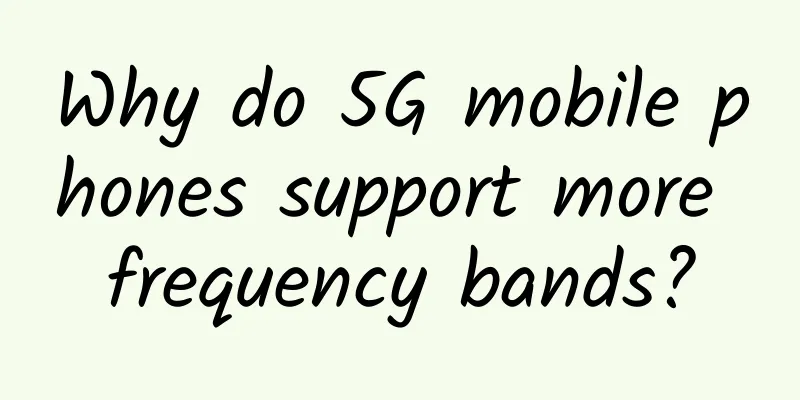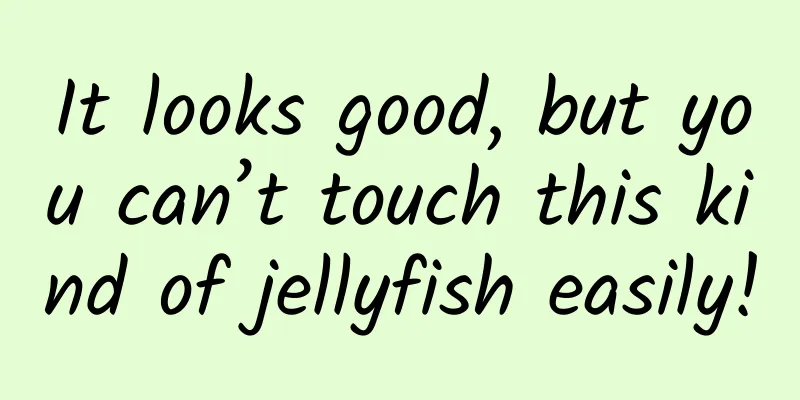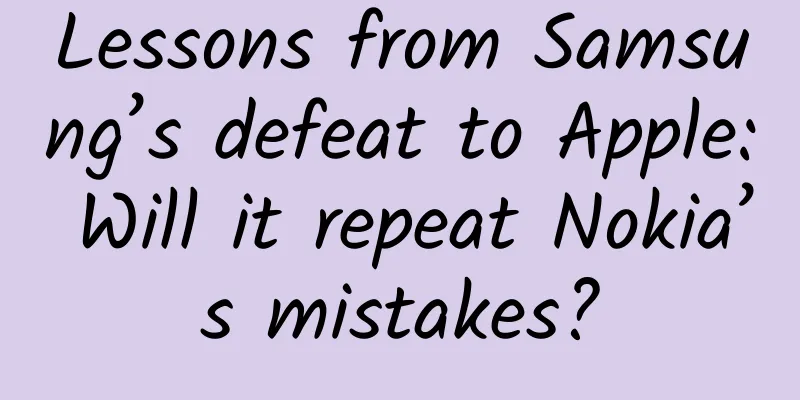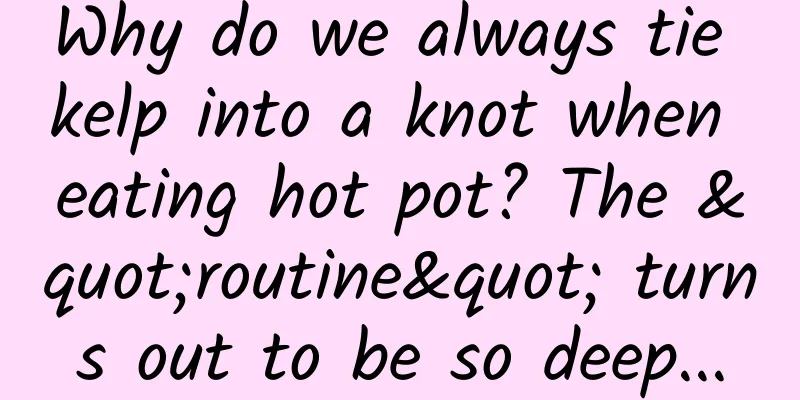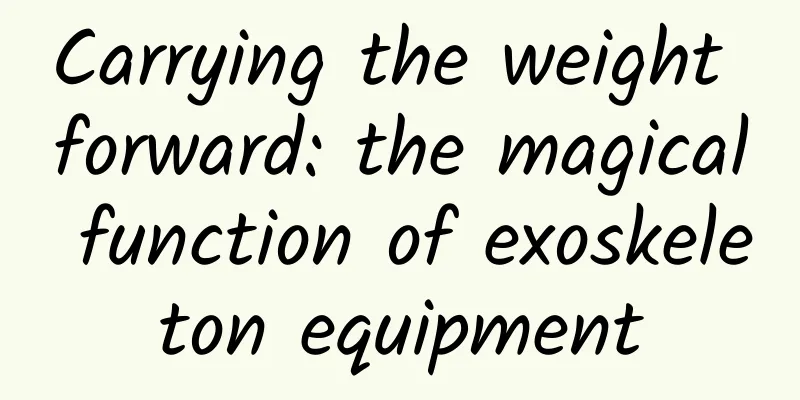From the perspective of product, operation, and business model, what kind of product can be called a good product?

|
A good product is a result, which is the outside world's overall perception of a product or project. Let’s look at some good products:
Next, we will use the product model concept to analyze the common points of these good products to answer our questions today. The product model is a very mysterious concept. We can simply understand it as a business plan Plus: product architecture + operation architecture + business model . Next, we will deconstruct a good product from these three aspects. 1. Three parts of the product framework: core, process, and details| Core To put it bluntly, it is very important to know what problem your product is going to solve for users. Start from three aspects:
The demand comes from the person in charge (either an individual or a group) based on his or her understanding of the target users and his or her own three perspectives, and through step-by-step verification and experimentation, he or she gradually proves that this is a real demand. So if you want to find the real needs, first you must understand the target users well enough, and secondly you must have the ability to verify the needs you put forward. Any product is created to solve user problems. WeChat solves the social problems among acquaintances, e-commerce platforms such as JD.com and Taobao solve the problem of people being lazy and shopping online without leaving their homes, and so on. From these good products we can see that they all meet the real needs of users, and their target users are very clear. Secondly, these products have evolved from having a single function at the beginning to continuously meet other needs of users. This is what we usually call continuous exploration and continuous satisfaction of user needs during iterative revisions. | Process Focusing on the core, establish a process to solve the problem. This core process should preferably be the simplest process (the early stage of the product should be from simple to complex, with a quick test process in the initial stage, and then consider improving it bit by bit). We can also refer to the process when WeChat was first released, which was to click on a friend to talk directly, and to place an order directly on Taobao when seeing a certain product. These are very simple and natural processes. As the functions become richer, it is also necessary to ensure that users can successfully complete their goals during use. A good usage process is very important, which is why interaction designers are gradually being valued. | Focus on details This is still a question of user experience, which can be viewed from two aspects.
Surface details include interaction details and visual details. That is, the details that are visible to the user. In the early stages of a product, for the sake of speed, you may not pay much attention to usability and user experience, but you can consider them in the middle and late stages. For example, WeChat only added interactive details such as double-clicking the conversation to enlarge it in the middle and late stages.
Internal details, as the name suggests, are details that users cannot see, and they often appear where there are algorithms. For example, in NetEase Cloud Music ’s recommendation system, how to surprise users is a very important detail. 2. Operational level: Target users continue to use the productAs Internet products become saturated and product design becomes more standardized, product operations are particularly important. We used to say "Good wine needs no bush", but today it is "Even good wine needs a bush". It is said that product is the mother and operation is the father. Product is responsible for birth and operation is responsible for raising. For more information about the operation framework, please see the previous article: "How to operate and promote a new App? What should be done before and after going online? ”, I will not go into details here. 3. Business ModelAfter all, making products is also doing business, it's just an Internet business. If a company makes money by making this product, it will be more motivated to continuously improve the product and provide users with a better experience. Products that ultimately fail to make money are just rogue. For start-ups, the sooner they find a profit model, or even make money, the easier it will be to find investment in the capital market. Of course, for projects like Didi that plan to make a lot of money after expanding the market, it depends on whether the founders can convince the capital side. You know how difficult it is. So how does the business model work? To put it bluntly, it's about how to make money. There are many profit models in the above picture. Here we summarize the two mainstream ones:
SummarizeA good product must meet the following points:
Mobile application product promotion service: APP promotion service Qinggua Media advertising This article was compiled and published by @庖丁开发 ( Qinggua Media ). Please indicate the author information and source when reprinting! |
<<: The person who reported the zero-COVID situation in Hubei cried. Zero means we can go home!
Recommend
Are people who sweat when they move physically weak? The answer may be different from what you think!
"People who sweat when they move have weak b...
APP Promotion: Application Marketing Plan for a New APP
1. Overall Logic There is only one logic in runni...
AI can come up with 40,000 potential new chemical weapons in 6 hours?
Written by: Green Apple Scientific papers are oft...
Something big happened today!
Two years ago, on July 23, 2020, the Long March 5...
Dingdong TOP smart speaker experience: This little guy can make all the devices in the home have their own Siri
Who says smart speakers have to stand on a table ...
What kind of flowers make Beijingers go to see them despite strong winds and sandstorms?
The weather has warmed up recently, and everyone ...
How to distinguish between bidding and natural traffic?
Does anyone know how to distinguish between biddi...
Come and see! Today the moon is "blushing" and comes with a big Easter egg
Today, the most exciting astronomical phenomenon ...
Saw off a leg in 90 seconds! Before anesthesia, surgery was a "speed race"?
Audit expert: Zhu Guangsi Member of Beijing Scien...
Diao Chan's Stock Discussion - Diao Chan Band Training Camp (7th Period) Document
Diao Chan's Stock Discussion-Diao Chan Band T...
It’s not that I can’t afford a down jacket, but are military coats really more cost-effective?
Winter is here, and the temperature drops sharply...
How to quickly find eight golden rules for APP operation and promotion shortcuts! !
The eight golden rules introduced in this article...
Analysis of oCPC delivery plans and strategies in the medical beauty industry!
Today let’s take a look at an oCPC case in the me...
Tips for developing a big Tik Tok account that attracts a lot of fans!
So what kind of influencers have more long-term a...
AI once again beats humans by creating 41 new materials in 17 days
In just 17 days, artificial intelligence (AI) alo...


